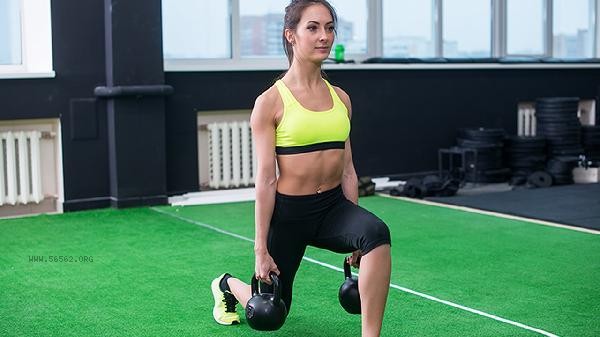The effectiveness of female fitness for a month depends on training intensity, dietary control, and individual differences. Initial improvement can usually be seen, but the extent of change is limited. Regular training may lead to a slight decrease in body fat, initial appearance of muscle lines, or improvement in physical fitness, while weight changes may not be significant.

Persist in moderate intensity training 3-5 times a week with dietary adjustments, and there may be a feeling of tightness in the lower back, abdomen, arms, and other areas after one month. Aerobic exercise such as jogging and skipping rope can help reduce subcutaneous fat accumulation, while strength training such as squats and plank support can activate muscle groups. Individuals with faster metabolism or weaker fitness foundation may observe more significant changes, such as increased exercise endurance or improved clothing looseness. Hormonal fluctuations during the physiological period, unscientific training plans, or insufficient protein intake may delay the manifestation of effects. Assault style high-intensity training can easily lead to physical exhaustion, which in turn affects metabolic stability. Individuals with a larger weight base may have a better initial weight loss effect than those with a smaller base, but muscle growth requires longer accumulation time.

It is recommended to use body fat scales and circumference measurements instead of simple weight monitoring, with a focus on improving athletic performance. The initial stage of fitness requires 4-6 weeks for neuromuscular adaptation, and one month coincides with the starting point of the acceleration period. It is recommended to maintain a periodic training plan. By combining high-quality protein and complex carbohydrates intake, we can avoid excessive dieting that may affect training quality and achieve sustainable gradual improvement.







Comments (0)
Leave a Comment
No comments yet
Be the first to share your thoughts!